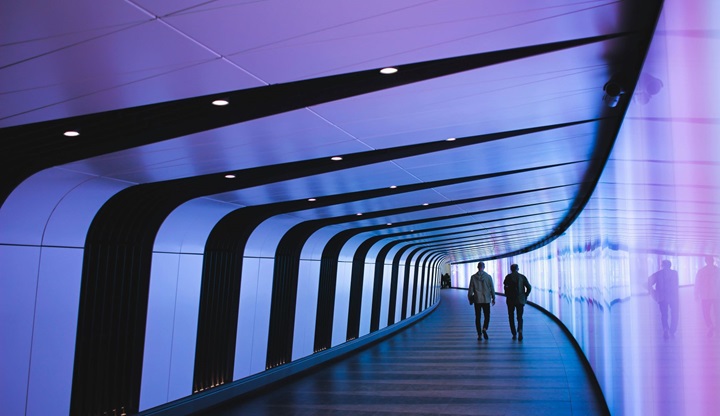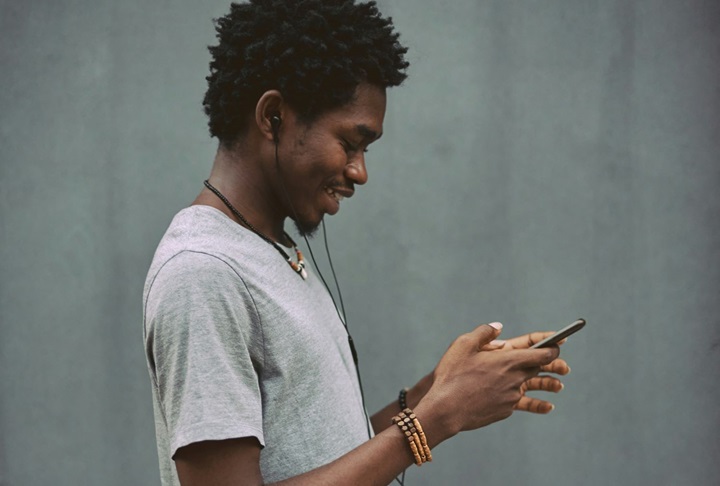In today’s digital-first marketplace, virality isn’t always accidental. In fact, for many challenger brands, virality is engineered. Welcome to the world of manufactured virality, a powerful, fast-growing strategy where brands intentionally orchestrate waves of influencer and creator content to mimic organic social buzz. This isn’t your typical sponsored ad or traditional influencer campaign. Manufactured virality blends scale, subtlety, and repetition to generate what appears to be spontaneous hype. But behind the scenes, it’s anything but.
What Is Manufactured Virality?
Manufactured virality refers to the practice of recruiting hundreds and sometimes thousands of micro and nano influencers, creators, or brand ambassadors to simultaneously post about a brand or product in a way that feels authentic and uncoordinated. These posts flood platforms like TikTok, Instagram, and YouTube with brand-centric content that appears organic but is highly planned. The result is a sense of momentum and trust that drives mass consumer behavior, especially among younger audiences.
Why This Strategy Works So Well
The power of social media influencers lies in their perceived authenticity. Kantar’s 2024 Creator’s Digest research shows that creators generate astonishing brand content scores. In the US, creator-led content is a strong differentiator for brands, exceeding US benchmarks in brand distinction by a factor of 4.85. Moreover, building community is the key to drawing younger generations. These close communities create brand potency and enable brands to be part of hot trends and conversations that otherwise they could not.
Combining psychological triggers like social proof, familiarity, and FOMO (fear of missing out) in a way that feels native to the platform makes manufactured virality so compelling. In an era when attention is currency, repetition at scale is the winning play.
Challenger Brands Leading the Charge
Consider the case of Starface, the acne patch brand with signature yellow star stickers. The brand exploded on TikTok not just by accident but through a network of small influencers who posted skin care routines, “get ready with me” videos, and user testimonials. At one point, the patches became a badge of pride, worn outside the house and shown in selfies.
Or take Oats Overnight, a direct-to-consumer breakfast brand. Instead of splurging on one celebrity influencer, it opted for widely seeded TikTok posts from lifestyle creators, wellness micro-influencers, and meal-prep enthusiasts. These videos often show the same morning routine with the product with subtle variations in style and voice, yet unmistakably coordinated. The brand now boasts over 150,000 subscribers.
Another standout is Drunk Elephant. On Instagram, it leveraged beauty influencers showcasing before-and-after content. In longer videos on YouTube, influencers walked through skin care routines with product shoutouts. While some posts were clearly sponsored, many others blurred the lines and amplified perceived authenticity.
Legacy Brands Must Learn and Fast
For legacy CPG brands still relying heavily on top-down campaigns or traditional ad buys, this form of virality may feel messy or hard to control. But that’s exactly the point. Challenger brands understand that relevance now emerges from the bottom up and from creators, not corporations.
Big brands must evolve beyond single-voice influencer partnerships and start investing in creator networks, real-time trend engagement, and multiplatform execution. They must embrace a test-and-learn mindset and explore hybrid strategies that pair scale with authenticity.
Legacy players like CeraVe and L’Oréal have begun adapting. CeraVe’s dermatologists on TikTok have helped position the brand as a Gen Z-friendly skin care leader. L’Oréal has explored creator kits and seeded launches to micro creators to help drive buzz before products even hit shelves.
Manufactured virality is modern media mastery in a crowded digital world where attention must be earned. Today, that often means building a movement, not just a message. Challenger brands have cracked the code by turning creators into an army of believable advocates.
To keep pace, legacy brands must invent new brand marketing codes that help manufacture social brand momentum.




